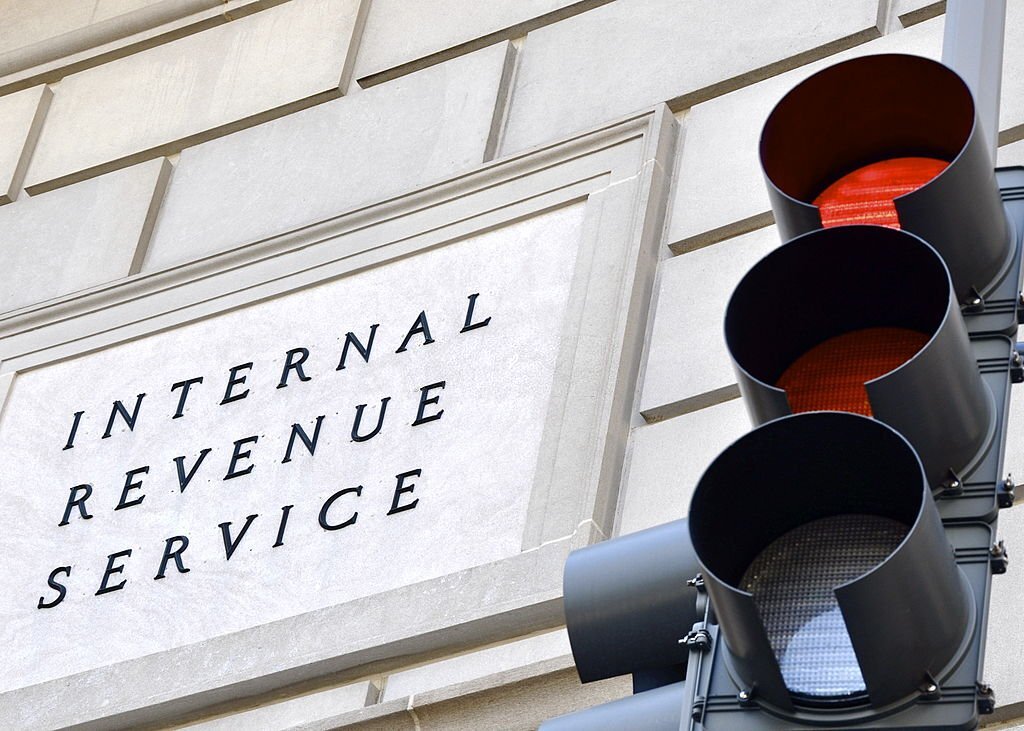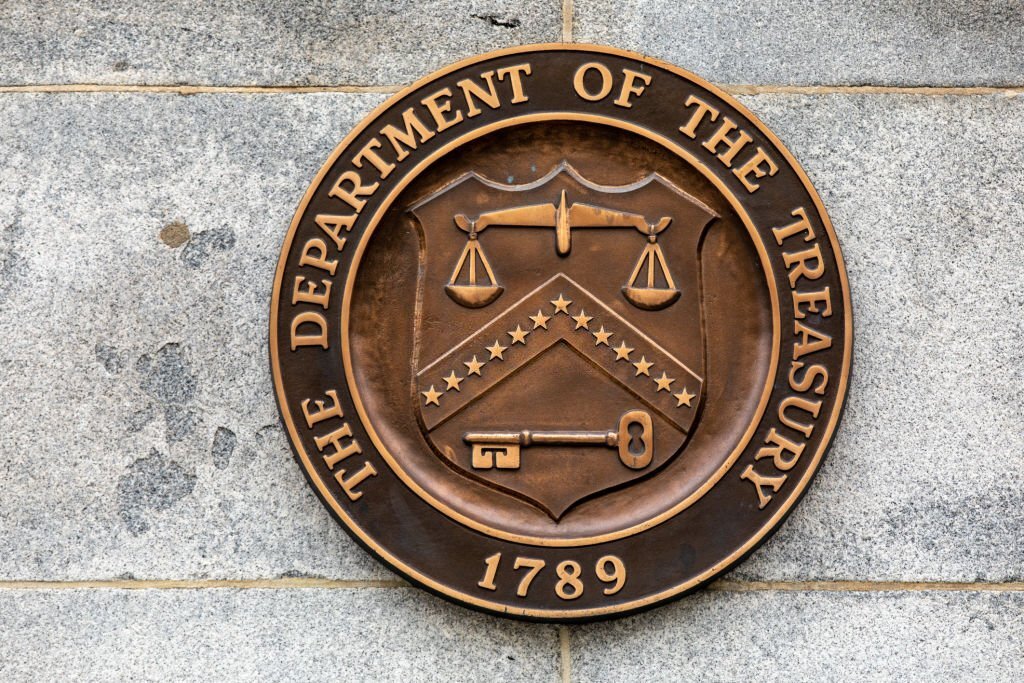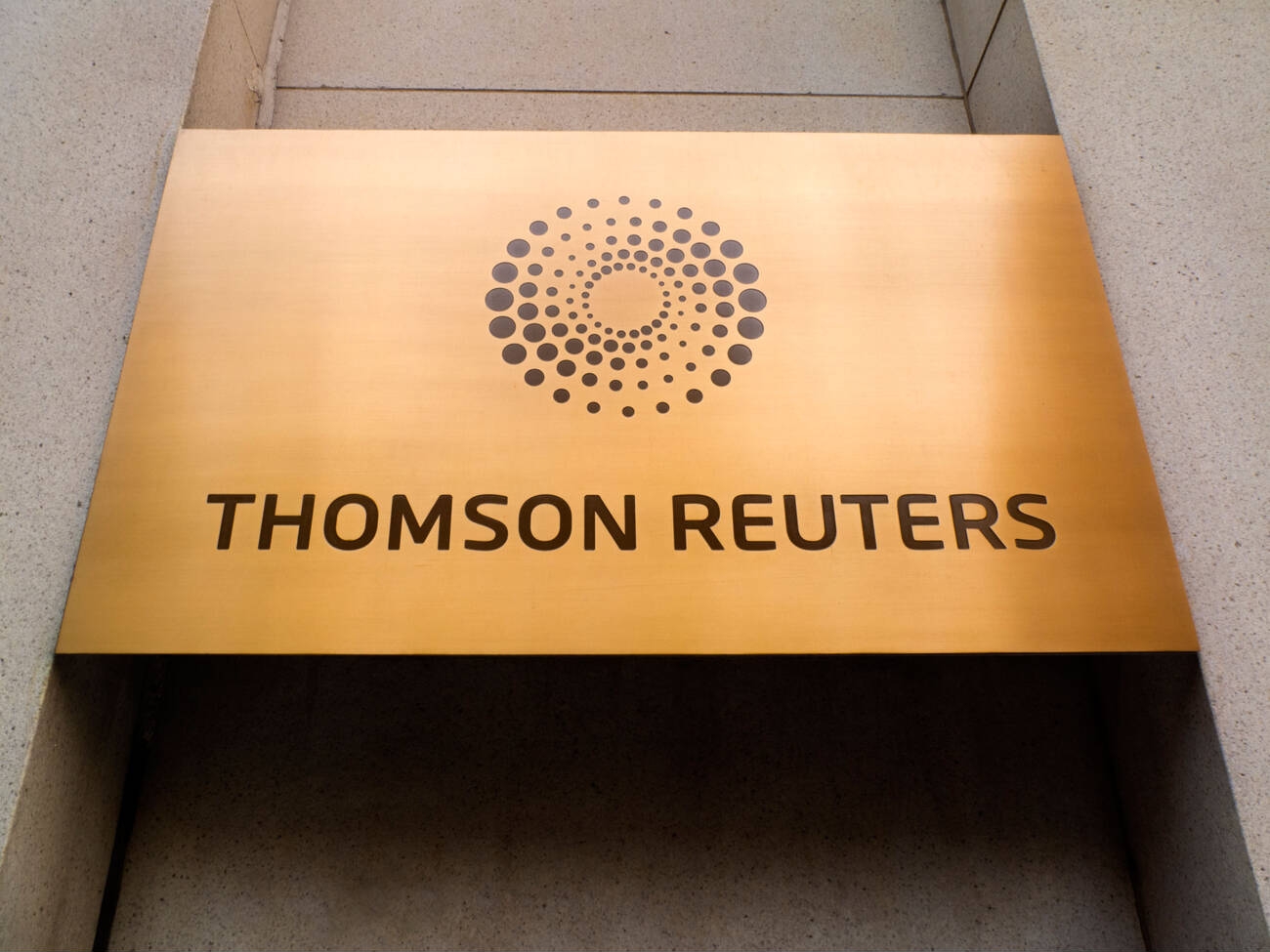The IRS on July 26 provided five additional red flags of incorrect Employee Retention Credit (ERC) claims by businesses, as the agency continues to scrutinize requests for the pandemic-era tax credit.
The new warning signs come from common issues that IRS compliance teams have seen while analyzing and processing ERC claims. These five red flags are in addition to seven problem areas the IRS highlighted last March.
The IRS hinted on Friday that new steps are being taken to counter improper ERC claims. The agency said it will issue in the coming days more information on new compliance work involving high-risk ERC claims, as well as details about an anticipated short-term reopening of the Voluntary Disclosure Program and an important update about impending processing of low-risk payments to help small business with legitimate claims. This follows last month’s announcement that the IRS was denying more of the highest-risk ERC claims.

“The IRS continues working aggressively to pursue improper claims, as well as increase payments going out to businesses with legitimate claims on these complex credits,” IRS Commissioner Danny Werfel said in a statement. “As we prepare for the next major announcement, we want businesses to be aware of common errors our compliance teams are seeing, many of which reflect bad advice coming from promoters. The IRS continues to urge people with pending claims or previously approved payments to talk to a trusted tax professional rather than a promoter and see if any of these red flags apply to them.”
The five new red flags from bogus ERC claims are in the following areas:
1. Essential businesses during the pandemic that could fully operate and didn’t have a decline in gross receipts: Promoters convinced many essential businesses to claim the ERC when, in many instances, essential businesses weren’t eligible because their operations weren’t fully or partially suspended by a qualifying government order. Modifications that didn’t affect an employer’s ability to operate, like requiring employees to wash hands or wear masks, doesn’t mean the business operations were suspended. The IRS urges essential businesses to review eligibility rules and examples related to government orders.
2. Business unable to support how a government order fully or partially suspended business operations: Whether a business was fully or partially suspended depends on its specific situation. When asked for proof on how the government order suspended more than a nominal portion of their business operations, many businesses haven’t provided enough information to confirm eligibility.
3. Business reporting family members’ wages as qualified wages: If business owners claimed the ERC using wages paid to relatives, those claims are likely for the wrong amount or ineligible. Wages paid to related individuals aren’t qualified wages for the ERC. Generally, related individuals are the majority owner and their:
- Spouse.
- Child or a descendant of a child.
- Brother, sister, stepbrother, or stepsister.
- Father, mother, or an ancestor of either.
- Stepfather or stepmother.
- Niece or nephew.
- Aunt or uncle.
- Son-in-law, daughter-in-law, father-in-law, mother-in-law, brother-in-law, or sister-in-law.
- Household member, meaning an individual who, for the taxable year of the taxpayer, has the same principal place of abode as the taxpayer and is a member of the taxpayer’s household.
4. Business using wages already used for Paycheck Protection Program loan forgiveness: The U.S. Small Business Administration (SBA) offered the Paycheck Protection Program (PPP), which provided SBA-backed loans that helped businesses keep their workforce employed during the pandemic. The PPP ended May 31, 2021, but borrowers could still apply for PPP loan forgiveness.
If SBA forgave the loan, businesses can’t claim the ERC on wages that they reported as payroll costs to get PPP loan forgiveness. Participating in the PPP affects the amount of qualified wages used to calculate the ERC. Payroll costs up to the amount SBA forgave aren’t eligible for ERC. Taxpayers can use the rest of their qualified wages to figure their credit.
5. Large employers claiming wages for employees who provided services: Special rules applied to large eligible employers, which are those that averaged:
- More than 100 full-time employees in 2019 and claimed ERC for 2020 tax periods, and/or
- More than 500 full-time employees in 2019 and claimed ERC for 2021 tax periods.
Large eligible employers can only claim wages paid to employees who weren’t providing services. Many large employers’ claims incorrectly included wages for employees who were providing services during these periods. The ERC comparison chart provides more details.
Aggressive promoters lured many businesses to mistakenly claim this pandemic-era credit when they weren’t eligible. Last September, the IRS halted processing new claims and slowed processing those made before the moratorium. The agency initially said it anticipated lifting the pause this past spring but it’s still sifting through its backlog, leaving many businesses and nonprofits without their refunds for an unknown period of time.
Since the pause, the IRS processed 28,000 claims worth $2.2 billion and disallowed more than 14,000 claims worth over $1 billion.
The IRS announced in June that it digitized and analyzed about 1 million ERC claims representing more than $86 billion. To protect taxpayers from getting an improper refund they’d have to repay, the agency said it will deny tens of thousands of ERC claims that show clear signs of being erroneous.
The agency is also scrutinizing hundreds of thousands more claims that show risk of being incorrect, as well as beginning additional processing of low-risk claims to those with eligible claims.
As the IRS begins to process additional lower-risk claims, the agency reminds businesses that they may receive payments for some valid tax periods—generally quarters—while the IRS reviews other periods for eligibility. The IRS emphasizes ERC eligibility can vary from one tax period to another if, for example, government orders were no longer in place or a business’s gross receipts increased. Alternately, qualified wages may vary due to a forgiven PPP loan or because an employer already claimed the maximum amount of qualified wages in an earlier tax period.
Thanks for reading CPA Practice Advisor!
Subscribe Already registered? Log In
Need more information? Read the FAQs
Tags: IRS, Payroll, Small Business, Taxes




